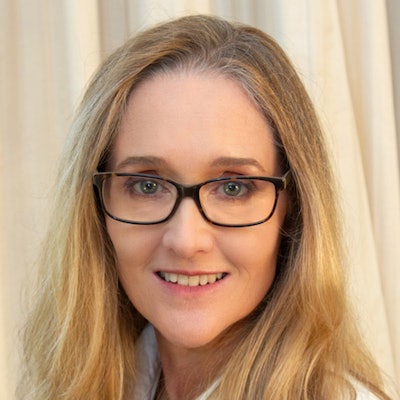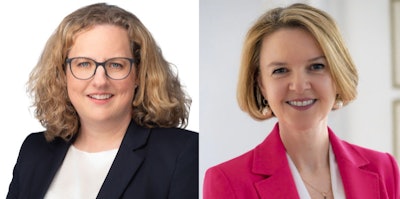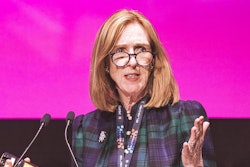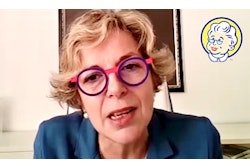There are so many highs of leadership, but some of the challenges include those difficult discussions we all would rather avoid. These conversations often involve strong emotions and opposing views, yet how we show up in those moments can really shape culture, relationships, and ultimately patient care.
The European School of Radiology Dr. Susan Shelmerdine.
Dr. Susan Shelmerdine.
As Norbert Hires explained in a 2023 blog, you can predict with 90% accuracy whether a project will fail based on whether the people engaged in the project can hold relevant, crucial conversations. Can they speak up if they are understaffed? Can they signal that the schedule is unrealistic?
Three approaches appear to be critical to success here:
- Sense-making. Pausing to see not just our own perspective, but how others are making sense of this situation.
- Psychological safety. The tone you set determines the dialogue. When you enter a conversation, you may have not only an explicit goal (i.e., to fix the rota) but also an unspoken goal (to make the person feel bad about what happened). Clarity and knowing what is important versus likely unhelpful is essential.
- Mutual purpose. Find common ground, then see where you agree and where you differ and why. Use contrast to highlight inconsistencies.
During the ESOR course, role-playing is a valuable tool. We test common scenarios, such as negotiating with management, resolving trainee issues, and tackling peer disagreements.
The scenarios include having a challenging conversation with a senior executive (about the lack of funding for a new service), a peer (who criticizes your work and talks behind your back in your department), and junior colleagues (who are complaining to you about workload and now not showing up for their duties). We all share our personal experiences of times we wish we could have done better. The hardest thing for most people is managing personal emotions in high-stakes situations and trying to stay patient.
The overall aim is to build confidence in navigating difficult discussions.
Some takeaways include the following:
Enter a challenging conversation with curiosity, not blame.
Prepare ahead for what you'd like to get out of the discussion.
Respect the other person (give them time to prepare, also).
Focus on the issue rather than forcing your solution.
Think about how you want the relationship to look afterward.
As aspiring/current leaders, we rarely get to entirely avoid tough conversations, but each one can unlock great potential for progress. Treat each of them as a challenge, but also as a rehearsal for the next. Reflect on what went well and how you can do better next time.
Also, documenting outcomes (e.g., with follow-up emails or journaling) can help consolidate lessons and provide evidence for leadership growth.  Prof. Andrea Rockall.
Prof. Andrea Rockall.
The inaugural ESOR Leadership Course, “Learning to Lead,” began in January 2025 and will end in March 2026. The 2025-2026 edition of the Leadership course is supported by GE Healthcare, and the course director is Prof. Andrea Rockall, chairperson of the ESR Board of Directors.
"Strong radiology leadership is needed more than ever, and we are thrilled to have been able to get this course off the ground," Rockall pointed out.
If you'd like to take part in next year’s course, registration is now open. It is a comprehensive, year-long, hybrid course comprising different modules on aspects from teamwork to change management and from self-awareness to tackling challenging communication. It ends with an in-person retreat in Austria prior to ECR. All attendees become part of a network/alumna of leaders who are there to support each other and future cohorts.
Also, ESOR is offering a free online teaser session for the Leadership Course 2026 on 17 November 2025, 15:30-17:30 CET. You can register here. You will hear from leading radiologists and get a taste for the course. Attendees should bring along questions about leadership and management, because the last half hour of the course is participant-driven.
 (Left) Dr. Annemiek Snoeckx, PhD, and (right) Dr. Geraldine B. McGinty.
(Left) Dr. Annemiek Snoeckx, PhD, and (right) Dr. Geraldine B. McGinty.
Also contributing to this article were Dr. Geraldine B. McGinty, professor of radiology at Weill Cornell Medicine, New York; Dr. Annemiek Snoeckx, PhD, head of radiology at Antwerp University Hospital, Belgium; and Prof. Andrea Rockall, clinical chair in radiology, Imperial College London.
Dr. Susan Shelmerdine is associate professor of radiology at the Institute of Child Health, UCL, and consultant paediatric radiologist at Great Ormond Street Hospital for Children, London.




















